So one of the best daytrips out from Medellin is to go to Santa Fe de Antioquia, a small town about 40 miles/65 kms northwest of the city. It was another one of those situations where you can find numerous places printing brochures and advertising their trips online, but if they don't have enough people the trips aren’t going. Despite all the hype, I couldn’t find anyone who was actually running a daytrip from Medellin while I was there. So, I just went for the cheaper, more adventurous option and took the public bus. That’s all easy enough, although not necessarily very comfortable.
I read about Santa Fe de Antioquia as an old colonial town somewhat left back in time, a historic place of great charm
. So with not being able to get to many of Colombia’s other colonial gems, I thought Santa Fe de Antioquia would be a great choice for a day trip. The bus pulled out of the terminal and took the expressway probably several thousand vertical feet up to a tunnel, said to be recently built and the longest one in the Colombian Andes. After a few miles in the tunnel, the descent was one of those spectacularly long ones that you almost only get in the Andes. I’ve lived in Colorado for a long time, but even our mountain passes are nothing compared to the vertical distances between mountain and valley in South America.
I envisioned Santa Fe de Antioquia as a cool, salubrious mountain town. It couldn’t be farther from the reality. The old capital of the Antioquia region is deep down in the Cauca River Valley at an elevation of only about 500 meters/1,600 feet. That means it’s very hot and quite dry between the western and central ranges of the Andes.
So, once I got off the bus I set out to explore town
. The helpful lady I spoke with at the tourist office suggested it would be best to go out to visit the Puente de Occidente early before it got too, too hot. So for after breakfast I arranged with her a "moto", which I’d be inclined to call a tuk-tuk from my time in Asia, a three wheeler taxi essentially attached to a motorbike to take me out there for a roundtrip from town. This would cost me 15,000 pesos (about $5), a rate I feel almost guilty about paying because it seems so cheap relative to what I’m getting. My driver was named Rolando and was a perfect guide and gentleman, who explained everything to me (in Spanish), and insisted I even use the ropes to help climb up to the best viewpoint of the bridge and river valley at the end of the tour. He even stopped afterwards for some pictures with his gold-panning friends on the way back. Anyway, completed in the 1890s across the Cauca River, the Puente de Occidente is considered a particular engineering feat for its length as a suspension bridge built at the time, as well as being very scenic. The lead engineer is particularly revered in Colombia but also worked on the Brooklyn Bridge in New York about a decade earlier.
Santa Fe de Antioquia is quite a nice town architecturally, giving a sense of a real Old Colombia you can’t get in bigger cities, and also not really in well-preserved but super touristy Cartagena. What is notable about the town is that it was the capital of Antioquia province in the olden days before Medellin took the lead, and back in 1813 the province declared its own independence from Spain under dictator Juan de Corral somewhat before Simon Bolivar successfully led Greater Colombia and much of South America to independence
. Anyway, the town was a pleasant enough daytrip out on my last day in Medellin.
So, if you look at it on a map Medellin and Bogota really aren’t that far apart. Thus, I wasn’t in a particular rush to get on the first morning bus out of town because I somehow estimated the trip might take about six hours or so and get me to Bogota before dusk. I even drew myself a little map of how to get to the hostel I booked in expectation of taking public transport from the bus terminal to the center to town. Oh, how I was mistaken! When I got to the bus station I was told the trip was a not unreasonable eight hours, but the reality is that it took eleven.
Why? Well, this has something to do with Colombia’s geography. There are three main ranges of the Andes is the country, separated by two major north-south river valleys, the Cauca and Magdalena Rivers, which meet and then enter the Caribbean Sea. So, that means vast ups and downs over the mountains between Medellin in the central Cordillera and Bogota in the eastern Cordillera, and there are lots of ridges along the way too. So maybe you’d think (or maybe you wouldn’t, but I thought) there’d be a major expressway between the two major cities in the nation, cities with populations of about three million and ten million, respectively. But that would be mistaken. Almost the entire distance is on heavy traffic, two-lane roads with lots of slow trucks and no passing lanes that seems especially dangerous as vehicles try to overtake others against oncoming traffic. I’d be hard-pressed to find a country in the world besides India that has as inadequate a physical infrastructure relative to its level of development as Colombia.
Anyway, my bus that left Medellin at 10:00 A.M. didn’t arrive at the terminal in Bogota until after 9:00 P.M. Then I had to wait in line for about 45 minutes for a taxi through heavy traffic to the hostel booked in the center of town where I didn’t arrive much before midnight. Ugh!
Santa Fe de Antioquia - Colonial Era Beauty
Thursday, March 31, 2016
 Santa Fe de Antioquia, Colombia
Santa Fe de Antioquia, Colombia
Other Entries
-
33Costa Rican Caribbean - Cycling to Panama
Mar 0625 days prior Puerto Viejo, Costa Ricaphoto_camera7videocam 0comment 0
Puerto Viejo, Costa Ricaphoto_camera7videocam 0comment 0 -
34Bocas Del Toro - Caribbean Island Paradise
Mar 0724 days prior Bocas Town, Panamaphoto_camera71videocam 0comment 0
Bocas Town, Panamaphoto_camera71videocam 0comment 0 -
35Western Panama - Bike Ride from Divide to Pacific
Mar 0823 days prior Gualaca, Panamaphoto_camera24videocam 0comment 0
Gualaca, Panamaphoto_camera24videocam 0comment 0 -
36Bike Ride Through Cattle Country and the Beach
Mar 0922 days prior Santiago, Panamaphoto_camera14videocam 0comment 0
Santiago, Panamaphoto_camera14videocam 0comment 0 -
37Panama Canal - Century Old Engineering Marvel
Mar 1021 days prior Miraflores, Panamaphoto_camera57videocam 0comment 0
Miraflores, Panamaphoto_camera57videocam 0comment 0 -
38Casco Viejo - Panama City's Gentrifying Old Town
Mar 1120 days prior Panama City, Panamaphoto_camera96videocam 0comment 0
Panama City, Panamaphoto_camera96videocam 0comment 0 -
39Panama City - Like Miami Except With More English
Mar 1219 days prior Panama City, Panamaphoto_camera103videocam 0comment 0
Panama City, Panamaphoto_camera103videocam 0comment 0 -
40San Blas Islands - Sailing Through the Caribbean
Mar 1318 days prior El Porvenir, Panamaphoto_camera71videocam 0comment 0
El Porvenir, Panamaphoto_camera71videocam 0comment 0 -
41Sailing to Colombia on the M/S Quest
Mar 1516 days prior El Islote, Colombiaphoto_camera57videocam 0comment 0
El Islote, Colombiaphoto_camera57videocam 0comment 0 -
42Old Cartagena - Jewel of Spanish Caribbean
Mar 1714 days prior Cartagena, Colombiaphoto_camera150videocam 0comment 0
Cartagena, Colombiaphoto_camera150videocam 0comment 0 -
43Santa Marta - Gateway to the Sierra Nevada
Mar 1813 days prior Santa Marta, Colombiaphoto_camera36videocam 0comment 0
Santa Marta, Colombiaphoto_camera36videocam 0comment 0 -
44Ciudad Perdida Trek Part I - Four Days on Trail
Mar 2011 days prior Don Diego, Colombiaphoto_camera84videocam 0comment 0
Don Diego, Colombiaphoto_camera84videocam 0comment 0 -
45Ciudad Perdida Trek Part II - The Lost City
Mar 2110 days prior La Ciudad Perdida, Colombiaphoto_camera55videocam 0comment 0
La Ciudad Perdida, Colombiaphoto_camera55videocam 0comment 0 -
46The Guajira Peninsula - Northernmost South America
Mar 256 days prior Punta Gallinas, Colombiaphoto_camera90videocam 0comment 0
Punta Gallinas, Colombiaphoto_camera90videocam 0comment 0 -
47Medellin - City of the Eternal Spring
Mar 283 days prior Medellin, Colombiaphoto_camera107videocam 0comment 0
Medellin, Colombiaphoto_camera107videocam 0comment 0 -
48Medellin - Innovation in Transportation
Mar 292 days prior Medellin, Colombiaphoto_camera48videocam 0comment 0
Medellin, Colombiaphoto_camera48videocam 0comment 0 -
49El Poblado - Medellin's Zona Rosa
Mar 301 day prior Medellin, Colombiaphoto_camera55videocam 0comment 0
Medellin, Colombiaphoto_camera55videocam 0comment 0 -
50Santa Fe de Antioquia - Colonial Era Beauty
Mar 31 Santa Fe de Antioquia, Colombiaphoto_camera78videocam 0comment 0
Santa Fe de Antioquia, Colombiaphoto_camera78videocam 0comment 0 -
51Fat is Beautiful - The Art of Fernando Botero
Apr 011 day later Medellin, Colombiaphoto_camera127videocam 0comment 0
Medellin, Colombiaphoto_camera127videocam 0comment 0 -
52Bogota - Colombia's Megacity Capital
Apr 022 days later Bogota, Colombiaphoto_camera67videocam 0comment 0
Bogota, Colombiaphoto_camera67videocam 0comment 0 -
53March Against FARC - Thousands Rally in Colombia
Apr 022 days later Bogota, Colombiaphoto_camera87videocam 0comment 0
Bogota, Colombiaphoto_camera87videocam 0comment 0 -
54Art, History, Anthropology -Bogota's Great Museums
Apr 033 days later Bogota, Colombiaphoto_camera68videocam 0comment 0
Bogota, Colombiaphoto_camera68videocam 0comment 0 -
55Museo de Oro - Colombia's Most Famous Museum
Apr 033 days later Bogota, Colombiaphoto_camera52videocam 0comment 0
Bogota, Colombiaphoto_camera52videocam 0comment 0 -
56La Candelaria - Bogota's Old Town
Apr 033 days later Bogota, Colombiaphoto_camera82videocam 0comment 0
Bogota, Colombiaphoto_camera82videocam 0comment 0 -
57Zipaquira - Cathedral in a Salt Mine
Apr 044 days later Zipaquira, Colombiaphoto_camera63videocam 0comment 0
Zipaquira, Colombiaphoto_camera63videocam 0comment 0 -
58Last Day in Colombia -Obligatory Coffee Finca Tour
Apr 055 days later Fusagasuga, Colombiaphoto_camera39videocam 0comment 0
Fusagasuga, Colombiaphoto_camera39videocam 0comment 0

 Santa Fe de Antioquia, Colombia
Santa Fe de Antioquia, Colombia
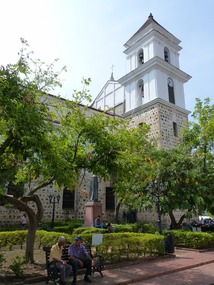
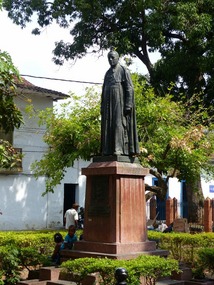



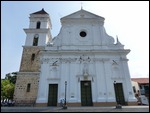
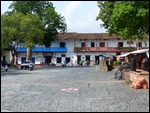
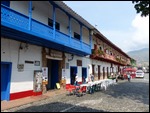
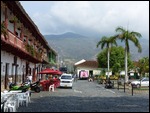

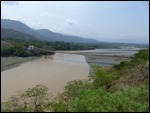
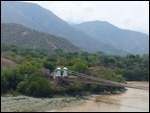

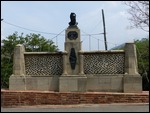
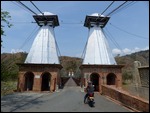
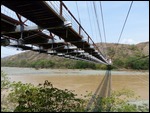
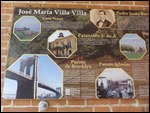

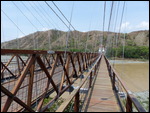
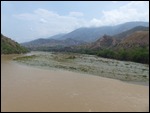


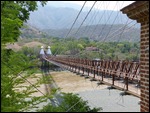
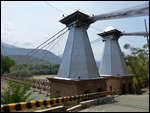
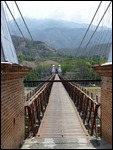
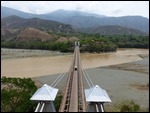
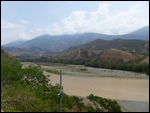
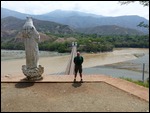
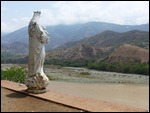
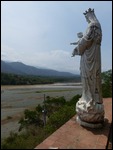
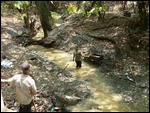
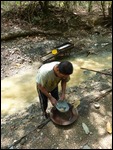
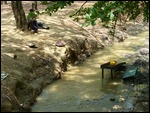
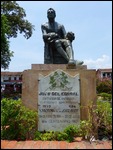
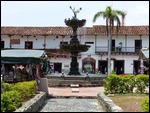



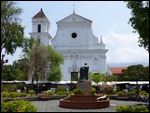
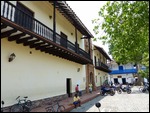

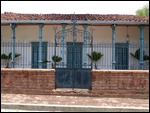


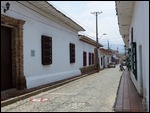
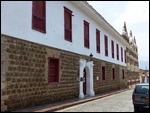
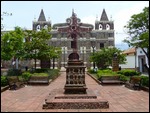
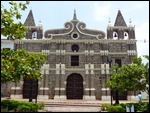
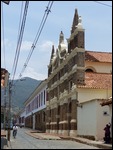
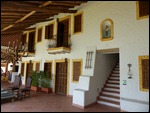
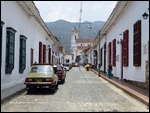
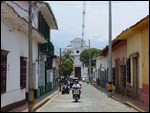
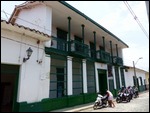
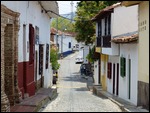
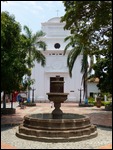

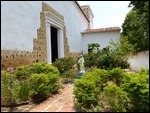
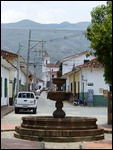
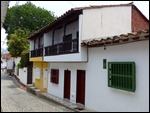
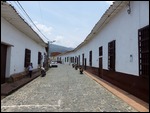
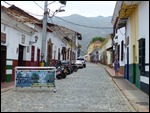
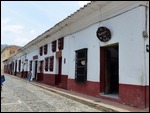
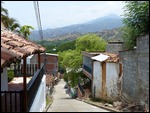
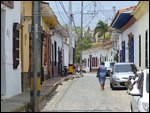

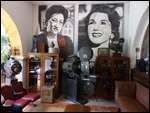
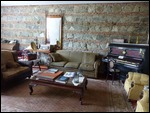
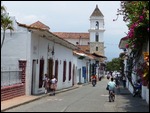
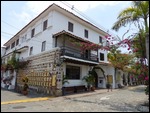
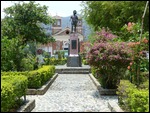
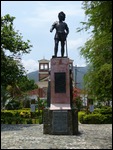
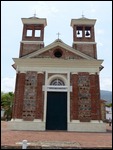
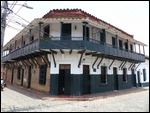
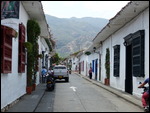
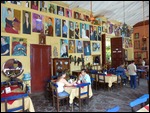
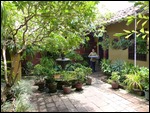
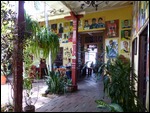

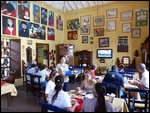
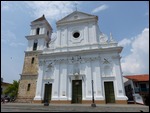
2025-05-22